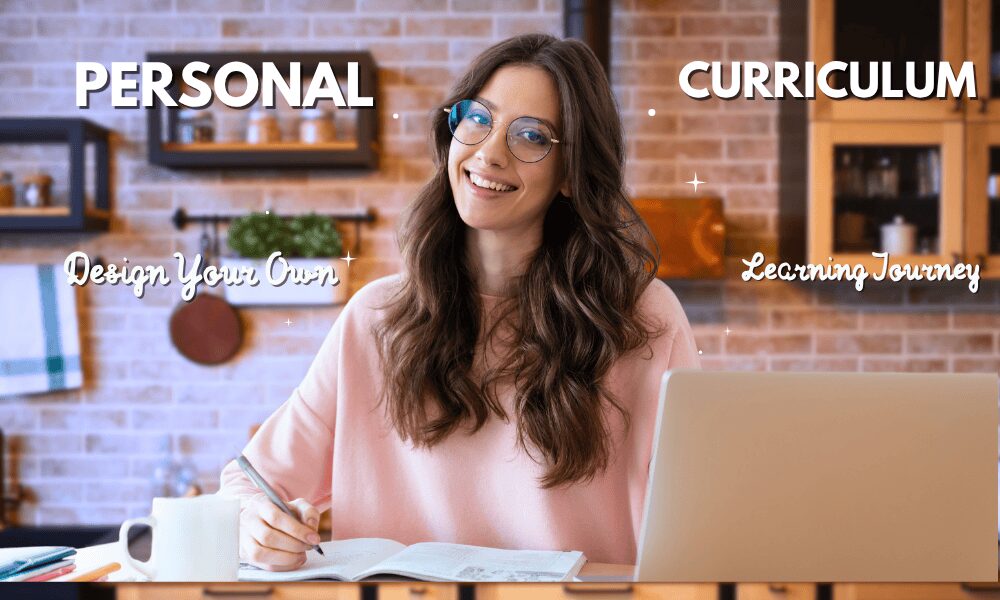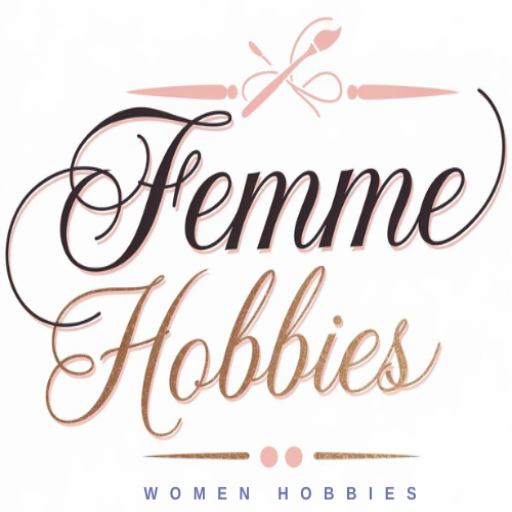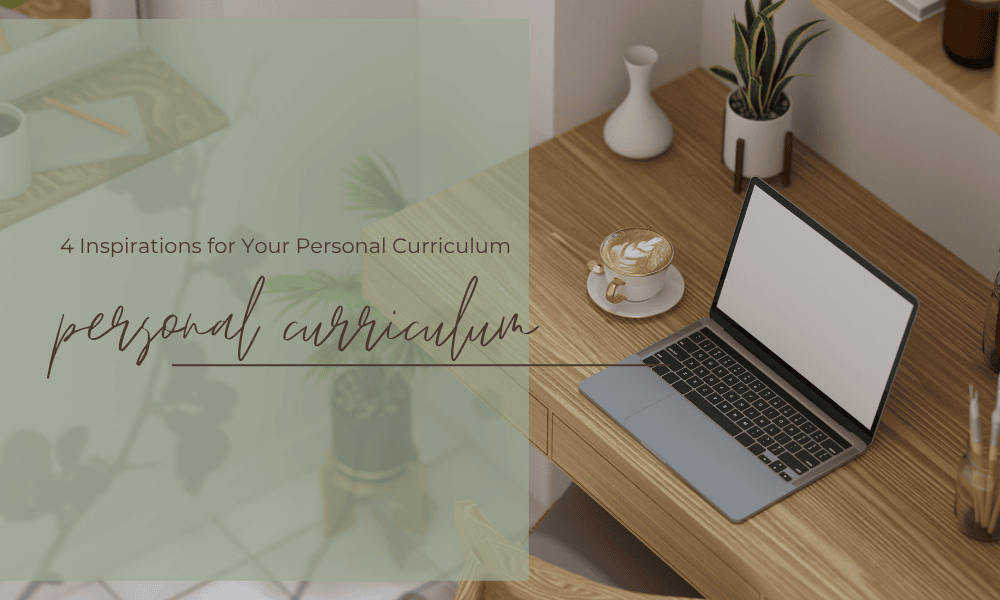For years, my bookshelf was a graveyard of good intentions. A book on learning Italian, a pristine watercolor set, and a half-finished coding course all started with a jolt of excitement, all abandoned within weeks. I wasn’t lacking passion; I was lacking a structure that didn’t feel like another cage. That was until I designed my first Personal Curriculum and finally broke the cycle of starting and stopping.
The idea of creating a personal learning plan isn’t new. You might have seen it trending on TikTok, with creators like Elizabeth Jean showcasing beautifully curated stacks of books for their monthly topics. It’s an inspiring concept, but the trend often stops there, leaving the how unanswered.
While the hashtag introduces a great idea, it often lacks a clear framework for success. This isn’t just about choosing a topic; it’s about designing a sustainable system for growth that fits into a busy life. It’s about creating a practice that gives back more energy than it takes. Here’s how I built a system that works, and how you can too.
What is a Personal Curriculum?

Think of a personal curriculum as self-directed adult education, with one crucial difference: you are both the student and the teacher, and the only grade is your own fulfillment. It’s a monthly plan designed to explore a single topic, skill, or theme in a structured yet flexible way.
The core philosophy is to shift from passive consumption, endless scrolling, and random YouTube deep dives to active creation and focused growth. Unlike generic self-improvement plans that can feel like just another item on your to-do list, a personal curriculum is about passion-driven mastery and creative recovery. It’s a dedicated space in your life for curiosity and joy.
The Curriculum Builder: A Step-by-Step Framework
Vague goals lead to vague results. This framework provides the structure needed to turn your interests into tangible skills and a deep sense of accomplishment.
Step 1: Discover Your Why
The heart of a sustainable curriculum is a compelling why. Before you pick a topic, you need to know the feeling you are chasing.
- Actionable Prompt: Ask yourself, What knowledge or skill, if I had it, would make my life feel 10% more fulfilling or fun this month?
Your answer might not be a skill at all. One month, my answer was simply peace. So, I designed The Curriculum of Calm, focusing on meditation, journaling, and mindful walks instead of a new technical skill. Let your inner needs guide you.
Step 2: Curate Your Syllabus
Once you have your why, it’s time to gather your resources. Go beyond just listing books and podcasts. A rich learning experience draws from multiple sources.
- Foundational Text: One key book, a collection of articles, or a documentary that provides a solid overview.
- Experiential Learning: A hands-on activity. This could be a local workshop, a DIY kit, a nature walk, or trying a new recipe.
- Community Input: Find your people. Join a specific subreddit, find a local club, or schedule a coffee with a knowledgeable friend to ask questions.
- Digital Deep-Dive: A curated YouTube playlist, a single module from an online course, or an educational podcast series.
Here’s an example for an Urban Gardening curriculum:
| Resource Category | Specific Resource |
| Foundational Text | How to Create a New Vegetable Garden by Charles Dowding |
| Experiential Learning | A beginner’s herb garden kit |
| Community Input | Following and engaging with the r/gardening subreddit |
| Digital Deep-Dive | The Container Gardening playlist on the Epic Gardening YouTube channel |
Step 3: Schedule the Loop
A daily to-do list can feel overwhelming and lead to burnout. Instead, create a simple, recurring weekly schedule, a learning loop that you can rely on without much thought.
- Mondays: Read/Listen (30 minutes)
- Wednesdays: Practice/Create (1 hour)
- Fridays: Reflect (15-minute journaling session on what you learned and enjoyed)
For my Calligraphy Curriculum, my loop was simple: I watched a tutorial on Monday, practiced basic strokes on Wednesday, and wrote out a favorite quote on Friday. This rhythm made progress feel automatic and stress-free.
Use our collection of 365 journal prompts for your weekly reflection sessions.
Step 4: Define Your Graduation Project
This is the key to breaking the cycle of unfinished hobbies. Every curriculum must end with a small, tangible outcome. This project proves to you that you’ve made something real.
Your project doesn’t have to be a masterpiece. It just has to exist.
- Examples: A freshly baked sourdough loaf, a framed small painting, a 500-word short story, a planted herb garden on your windowsill, or a curated playlist shared with a friend.
For my Music Production curriculum, my graduation project was a 60-second beat. It was simple, raw, and far from perfect, but it was mine. It existed in the real world, and that was a huge win.
Real-World Case Studies
This framework is adaptable to any goal or lifestyle. Here’s how two different people used it to fight burnout and reconnect with their passions.
Case Study 1: The Burned-Out Professional
- Who: Priya, Marketing Manager
- Curriculum: The Digital Detox Curriculum
- Resources: The Comfort Book by Matt Haig, a 1000-piece puzzle, and a map of local walking trails.
- Graduation Project: A handwritten letter to a friend.
- Her Takeaway: It wasn’t about learning something new, but about remembering how to be bored. The structure permitted me to disconnect, and it completely reset my relationship with my phone. I felt more present than I had in years.
Case Study 2: The Creative Dabbler
- Who: David, Teacher
- Curriculum: The ‘Build a Birdhouse’ Curriculum
- Resources: A beginner’s woodworking kit from Amazon, a specific YouTube channel for basic carpentry, and a trip to the local hardware store.
- Graduation Project: A (slightly crooked but beloved) birdhouse in his garden.
- His Takeaway: I am famous for starting projects and never finishing them. This was different. The ‘graduation project’ provided a clear finish line, and the weekly loop made it feel like a fun challenge, rather than another chore. I finally finished something.
Pro-Tips for a Sustainable Practice
- Grade Yourself with Compassion: At the end of each week, rate your effort on a scale of 1 to 5. The goal isn’t a perfect score; it’s to notice what’s working and what isn’t, without judgment.
- Embrace curricula: Feeling overwhelmed? Design a One-Week Curriculum for a quick win during a busy month.
- Curate a Resource Library: Use a simple tool like Notion, Trello, or a notebook to jot down topics, books, or videos that spark your interest. This becomes your idea bank for future curricula.
Steal These Ready-Made Curriculum Templates
Pick one of these proven templates and customize it for your needs:
The Creative Reset Curriculum:
Why: Combat creative block and find flow
Syllabus: Julia Cameron’s The Artist’s Way, daily morning pages, local art museum visit, skill-building YouTube tutorials
Graduation Project: One completed small artwork or creative piece
The Digital Wellness Curriculum:
Why: Reduce screen fatigue and reclaim attention
Syllabus: Digital Minimalism, daily nature walks, tech-free evenings, mindfulness app
Graduation Project: A personalized weekly tech schedule
You Are Your Own Best Teacher
A personal curriculum is more than an organizational hack; it’s an act of devotion to your own curiosity. It’s a powerful tool for self-discovery, creative recovery, and genuine joy in a world that constantly demands our productivity.
Your curiosity is a valid reason to learn. Investing your time in your passions is always worthwhile. Think of your personal curriculum as the map for that beautiful, self-directed journey.
For those who prefer intense structure, try the 75 Day Hard Challenge alternative.

